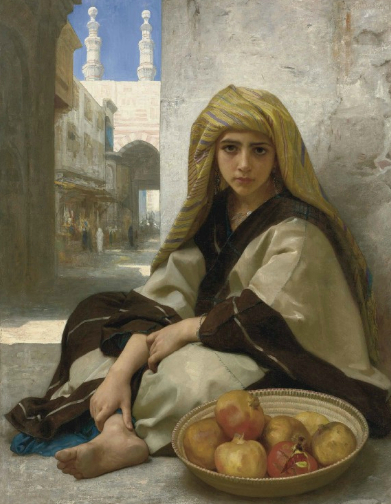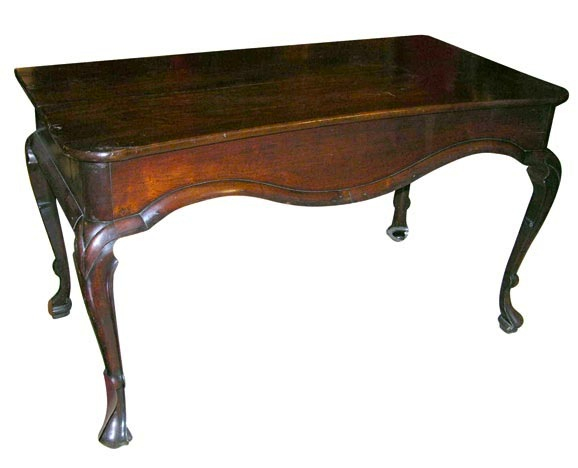Firenze-Piazza Signoria photography by Elizabeth Carmel Fine Art
Since this is a subjective exercise, with an intent to be objective, I will do my best. My point of view will help you in the process.
Exceptional collections have been built on a single guiding principle: discerned collectors who focus on one subject, procuring the very best to form a comprehensive collection, which is remarkable for its cultural and chronological breadth. Others choose the very best in a variety of fields, creating strong artistic tensions that deliver tantalizing visual harmony through dramatic contrasts.
Visual harmony aside, the collecting process entails an abiding passion and interest. Purchasing art and antiques versus procuring art and antiques distinctly differs. The latter entails forming relationships with dealers, keeping abreast with your chosen genre, and checking
on what ''your'' artists are creating. More importantly, to assemble a
remarkable collection requires passion, imagination, persistence, not
to mention patience. These are the hallmarks of the true collector.
If you are a beginner to the world of art and antiques, the best way to get started is to seek out works of reference with concise information on the subject. Additionally, museums, auction previews, galleries, and antique shops all afford excellent exposure. Some museums offer workshops to enable the collector to gain
hands-on knowledge of the works exhibited in the museum. Like a good gust of wind, the experience will shed new perspective. Curiosity is an asset. Let it guide you to areas of collecting, even if it is unfashionable at times. Doris Duke among others had amassed a significant collection by doing so. Learn terminologies of the trade, and ask questions. It is important to remember you can never know too much when collecting art and antiques . Albeit it is a gamble whether that knowledge will pay off in the form of increased net worth, you can be assured it will broaden your horizons and beautify your surroundings.
Keep in mind a collection endures over time as a result of authenticity, rarity, condition and aesthetic appeal. More importantly, these are not the only prerequisites of a memorable collection. There must always be an added factor that raises a collection of great works - objects that amuse and capture the imagination. It is fascinating to witness how even the most classical of objects can evoke a dialogue with 20th Century paintings. The communication which can occur between the world of the senses and the world of ideals builds clever bridges between periods and genres. This quality of quintessence is a measure of longevity, and it creates a measurable buzz.
www.zcollector.com
















